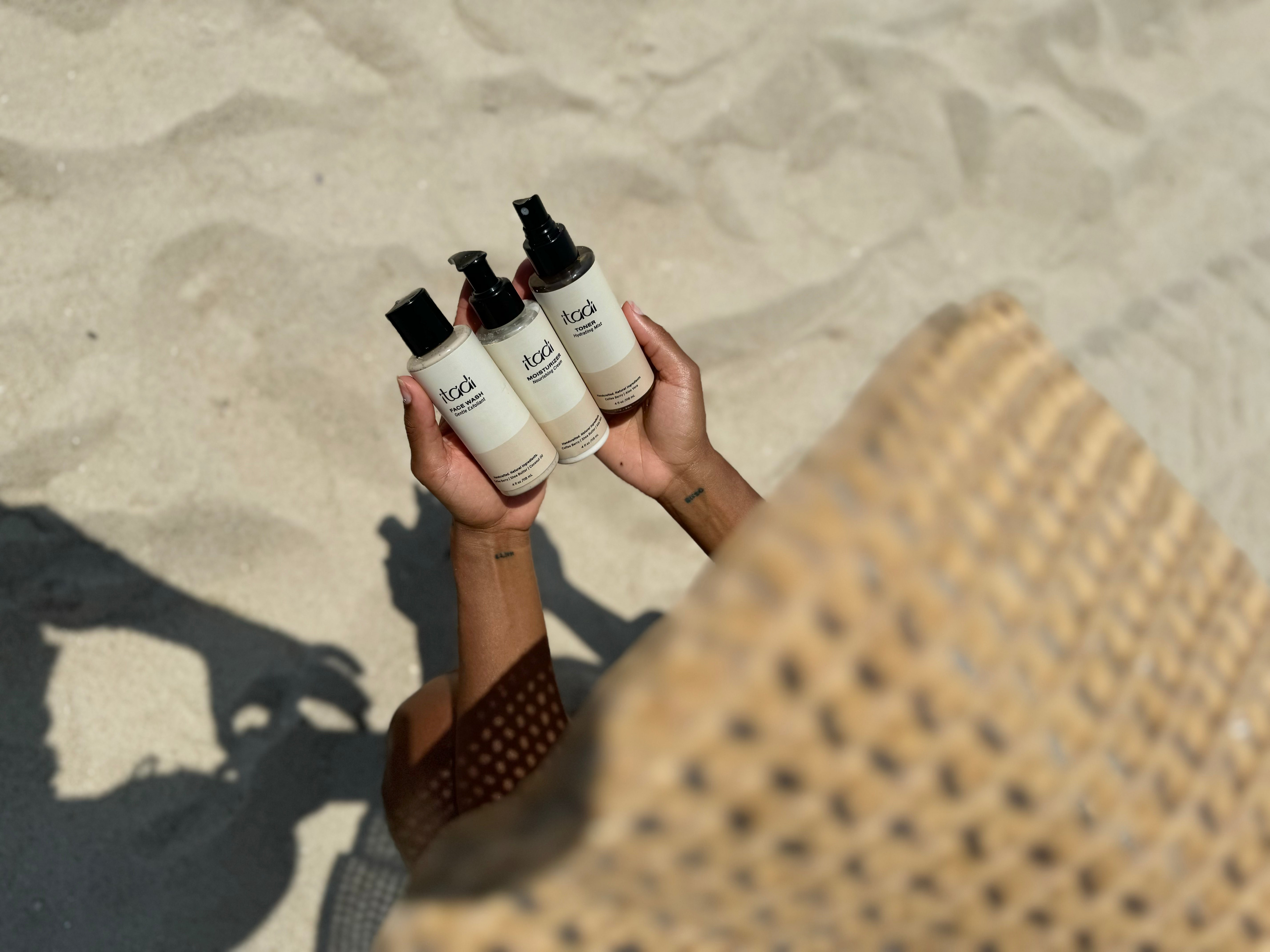The beauty industry is undergoing a profound transformation, driven by a growing consumer demand for products that are not only effective but also environmentally responsible and ethically produced. This shift has propelled sustainable skincare from a niche concept to a mainstream movement, with continuous innovations shaping its future. As we look ahead, the landscape of sustainable beauty is evolving rapidly, embracing cutting-edge technologies, novel ingredients, and holistic approaches to minimize environmental impact and promote social equity.
The Driving Forces Behind Sustainable Skincare's Evolution
The acceleration of sustainable practices in skincare is fueled by several key factors:
1. Increased Consumer Awareness and Demand
Today's consumers are more informed and conscious than ever before. They are actively seeking transparency from brands regarding ingredient sourcing, manufacturing processes, and environmental footprint. This demand for ethical and eco-friendly products is pushing companies to innovate and adopt more sustainable models.
2. Environmental Imperatives
The undeniable impacts of climate change, plastic pollution, and biodiversity loss have made sustainability a critical concern. The beauty industry, historically a significant contributor to waste and resource depletion, is under pressure to reduce its ecological footprint across the entire supply chain, from raw material extraction to product disposal.
3. Technological Advancements
Breakthroughs in biotechnology, green chemistry, and artificial intelligence are providing new tools and methods to create sustainable skincare solutions. These technologies enable the development of high-performance ingredients with minimal environmental impact and facilitate more efficient, less wasteful production processes.
4. Regulatory and Industry Pressure
Governments and industry bodies are increasingly implementing regulations and standards to promote sustainability. This includes restrictions on certain chemicals, mandates for responsible packaging, and incentives for eco-friendly practices, further driving the industry towards greener alternatives.
Key Innovations and Emerging Trends
The future of sustainable skincare is characterized by several exciting innovations and trends:
1. Biotechnology and Green Chemistry
Biotechnology is revolutionizing ingredient development by enabling the creation of high-performance active ingredients through fermentation, cell culture, and synthetic biology. This reduces reliance on traditional agriculture, minimizes land and water use, and ensures a consistent, pure supply of ingredients without exploiting natural resources.
•Precision Fermentation: This process uses microorganisms to produce complex organic molecules, such as hyaluronic acid or collagen, in a controlled environment, offering a sustainable alternative to animal-derived or resource-intensive ingredients.
•Upcycled Ingredients: Utilizing by-products from other industries (e.g., fruit seeds from juice production) to extract valuable compounds for skincare, thereby reducing waste and creating a circular economy model.
•Algae and Marine Biotechnology: Algae are a rich source of antioxidants, vitamins, and minerals. Their cultivation requires minimal resources and can even help sequester carbon, making them a highly sustainable ingredient source.
2. Waterless and Concentrated Formulations
Water is often the primary ingredient in many skincare products, yet it's a precious resource. Waterless beauty, in the form of solid bars, powders, and highly concentrated serums, is gaining traction. These formulations not only conserve water but also often require less packaging and have a lower carbon footprint during transportation.
3. Personalized and AI-Driven Skincare
Artificial intelligence and machine learning are enabling hyper-personalized skincare routines. By analyzing individual skin data (e.g., microbiome, genetic predispositions, environmental factors), AI can recommend bespoke product formulations, minimizing product waste and maximizing efficacy. This trend also extends to smart devices that can analyze skin conditions in real-time and suggest adjustments to routines.
4. Advanced Sustainable Packaging Solutions
Beyond traditional recycling, packaging innovations are focusing on true circularity:
•Refillable Systems: Brands are increasingly offering refillable containers for popular products, significantly reducing the need for new packaging materials.
•Biodegradable and Compostable Materials: Development of packaging made from plant-based polymers, mushroom mycelium, or other materials that can safely decompose without harming the environment.
•Ocean Plastic and Recycled Content: Utilizing plastic waste collected from oceans or post-consumer recycled (PCR) materials to create new packaging, diverting waste from landfills and oceans.
5. Ethical Sourcing and Supply Chain Transparency
Consumers are demanding to know the origin of their ingredients and the conditions under which they are produced. Brands are responding by implementing robust ethical sourcing policies, ensuring fair wages, safe working conditions, and community benefits for ingredient suppliers. Blockchain technology is also being explored to provide immutable records of a product's journey, enhancing transparency and traceability.
6. Microbiome-Friendly Skincare
Understanding the skin's microbiome – the community of microorganisms living on its surface – is leading to the development of products that support a healthy microbial balance. These formulations use prebiotics, probiotics, and postbiotics to strengthen the skin barrier and improve overall skin health, reflecting a more holistic approach to skincare.
Challenges and the Path Forward
Despite these promising innovations, the sustainable skincare journey faces challenges, including the cost of new technologies, consumer education, and the need for standardized certifications. However, the collective commitment from brands, consumers, and regulators is paving the way for a future where beauty and sustainability are inextricably linked. The goal is not just to create products that make us look good, but also to ensure that the process of creating them does good for the planet and its people.



0 comments